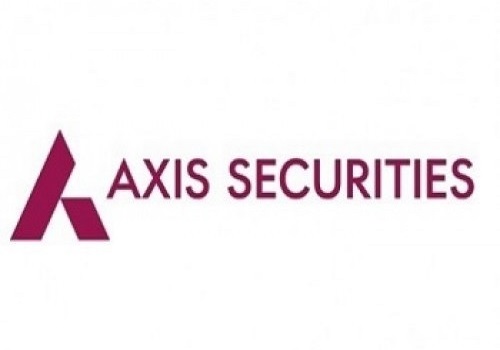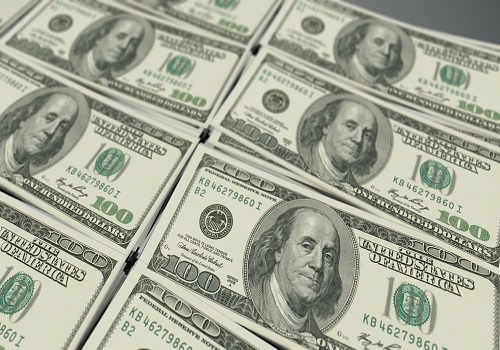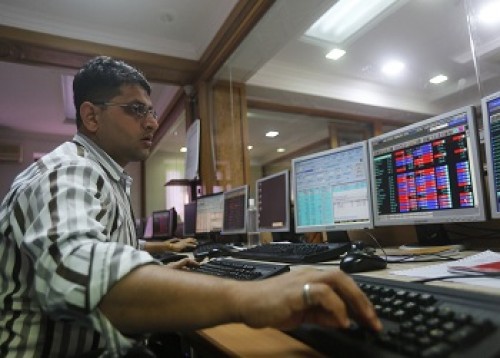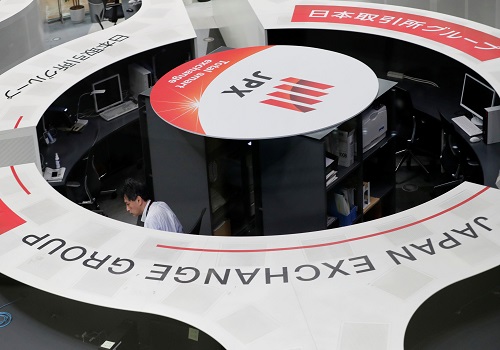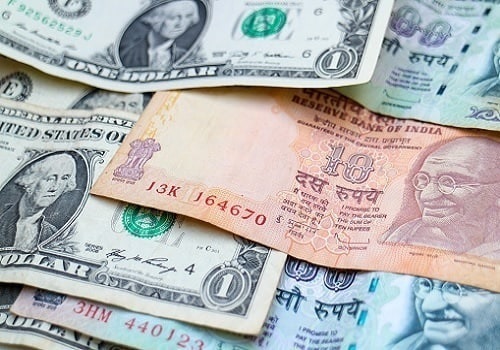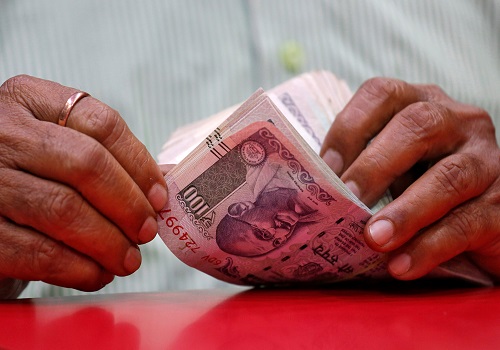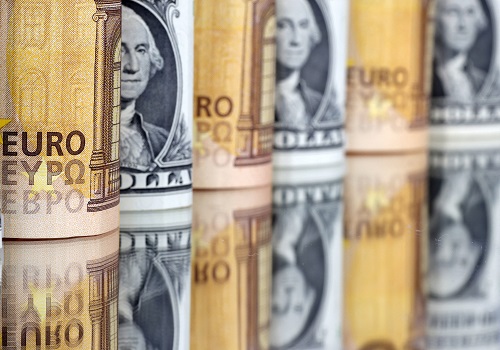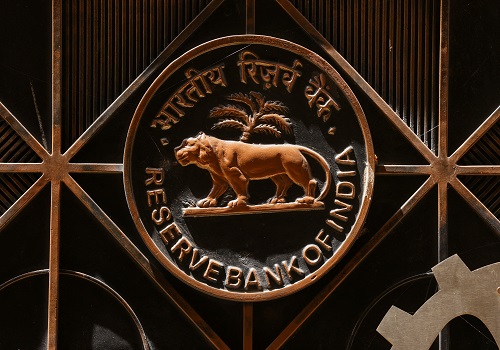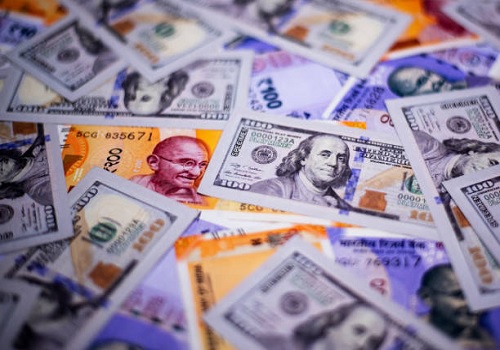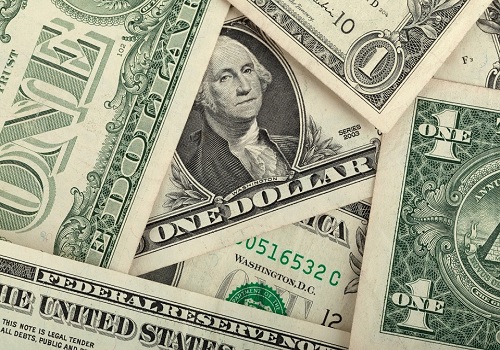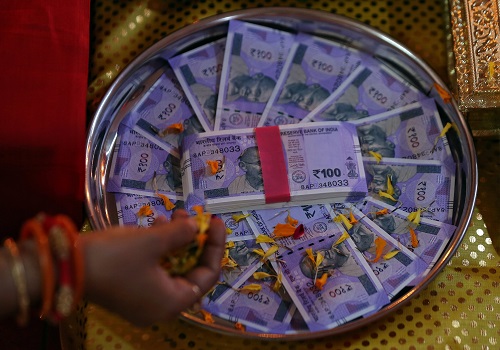Dollar snapback may jolt post-pandemic recovery
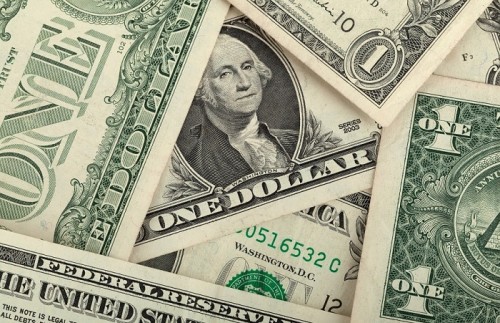
Follow us Now on Telegram ! Get daily 10 - 12 important updates on Business, Finance and Investment. Join our Telegram Channel
https://t.me/InvestmentGuruIndiacom
Download Telegram App before Joining the Channel
LONDON - A pause in the U.S. dollar's steep downtrend shows signs of morphing into a more robust rebound, posing a threat to post-pandemic economic recovery and investment flows into emerging markets.
The dollar had been weakening, falling 4.4% in the final quarter of 2020, a trend that usually heralds an economic recovery. But the U.S. currency's rally has extended into a third month after the Fed's apparent reluctance to push back against higher Treasury borrowing costs or rate hike expectations. The dollar's gains total 3% in just the past two weeks against a basket of currencies.
Emerging markets will bear the brunt of the dollar strength as it leads to sizeable outflows from these countries as seen last year.
On Tuesday, the U.S. currency slipped, bringing some relief to markets. But its rise, as well as this year's 64 basis-point advance in 10-year U.S. Treasury yields, might well accelerate after passage of the Biden administration's $1.9 trillion package, should data continue to show a U.S. economy roaring ahead.
Goldman Sachs predicts the U.S. economy will expand 7.7% this year and also expects a rosier outlook for jobs.
Usually, a healthy U.S. economy benefits the rest of the world. But the explosive rebound in U.S. growth is allowing the dollar a "three to six month advantage" over other currencies, says Aaron Hurd, a portfolio manager who helps manages $145.3 billion in assets at State Street Global Markets.
"This is about the differential pace of economic recovery, and the macro risk sentiment due to the potential for occasional risk-off moves," Hurd said.
So dollar bears may have to run for cover.
Positioning data shows hedge funds paring net short-dollar positions to $29 billion last week. But that is still well above historical averages of $9 billion and not far from decade-high levels around $36 billion hit at the end of January.
'PROPER TANTRUM'
Dollar strength tightens financial conditions globally, slowing the flow of capital around the world.
It particularly challenges emerging market countries reliant on external funding. Analysis last year by the Bank for International Settlements found that every 1% rise in the dollar shaved 0.3% from the growth outlook of the emerging market countries studied.
"Financial conditions are tightening faster, U.S. rates are rising faster than elsewhere," said Salman Ahmed, global head of macro at Fidelity International.
"A dollar rally along with yields rising, that will be a proper tantrum."
A rising dollar and higher U.S. bond yields pose problems for countries and companies that have big debts. When the dollar surged last year, it led to bond outflows from many markets.
Now, as currencies such as the Turkish lira and Brazilian real sell off, investment banks are advising clients to cut emerging market exposure, noting that earlier resilience to higher U.S. yields was now cracking.
REAL YIELDS
The dollar was hammered last year after the Fed cut rates to zero but higher U.S. bond yields have helped it recoup a third of those losses. Between mid-February and now, ten-year Treasury yields have risen 36 basis points, making them attractive to investors, which also boosts the dollar.
Over that period, ten-year German yields rose only 14 basis points, explaining the dollar's strength versus the euro. And on an inflation-adjusted basis, U.S. yields rose 37 bps versus 9 bps in Germany.
Similarly, real yield differentials between U.S. and Japanese ten-year bonds have widened by 30 bps since mid-February, pushing the dollar 4% higher versus the yen.
BNY Mellon analysts said the dollar's rise had been "greenlit" by the Fed's refusal to counter the real yields rise.
"As long as this increase in real yields persists, the dollar should continue to experience upward pressure. It will require breakevens moving higher to put the brakes on the dollar's rise," BNY said.
Breakevens refer to market-implied inflation expectations; a rise in those can be viewed as currency-negative.
NOWHERE TO HIDE
The dollar moves may not last. The U.S. currency does not have its previous interest rate advantage over rivals, the Fed may eventually move against rising yields, while economies elsewhere will catch up as lockdowns end.
But in the meantime market volatility stemming from uncertainty over Fed policy will be dollar positive. Philippe Jauer, global head of FX at asset manager Amundi, notes a profound market shift; last year showed that the dollar is really the only currency offering shelter from turmoil.
"There is no place to hide for investors in currency markets as either you are buying dollars or selling dollars depending on your view on risk," said Jauer, who started the year bullish on yen but has since reduced that position.
($1 = 0.8427 euros)
